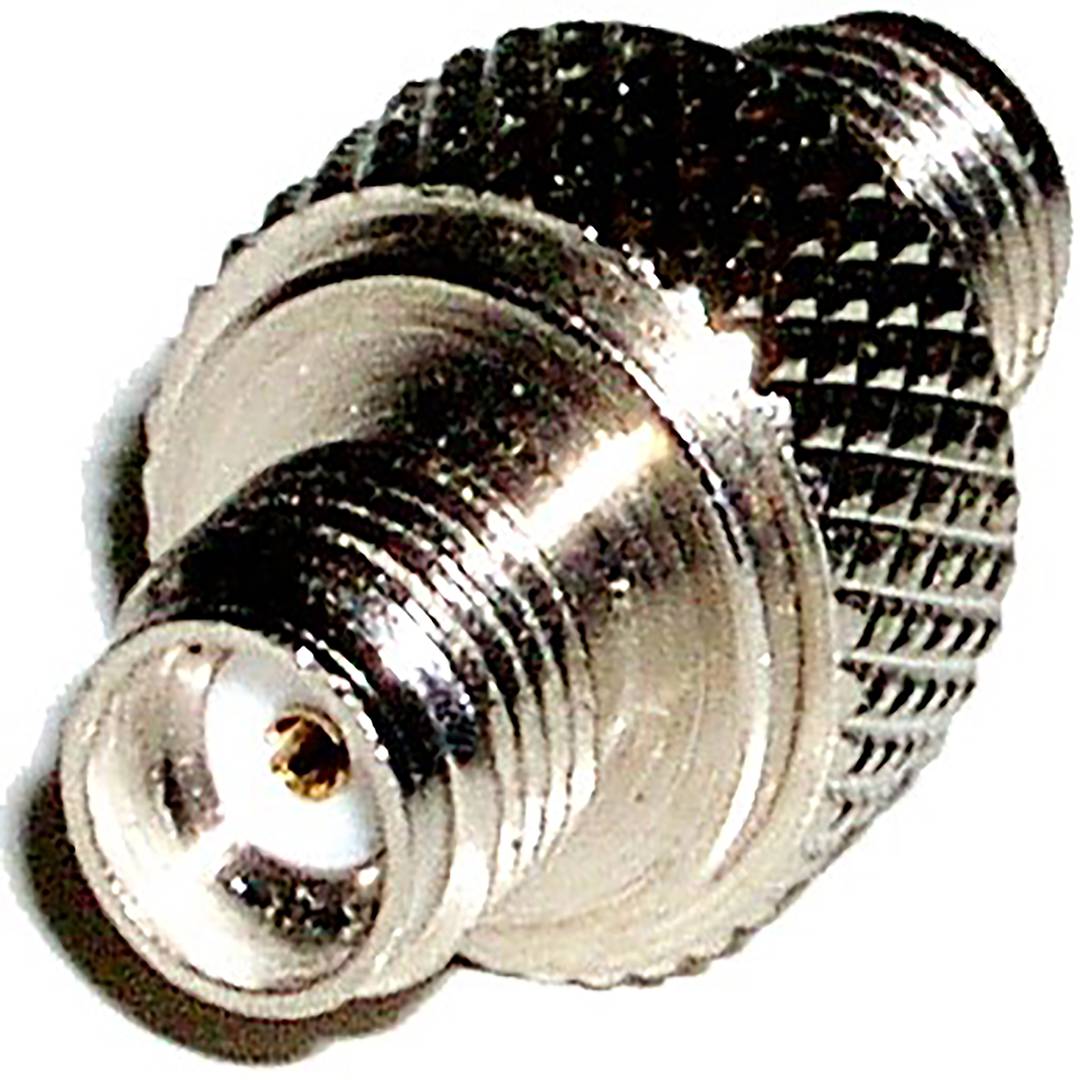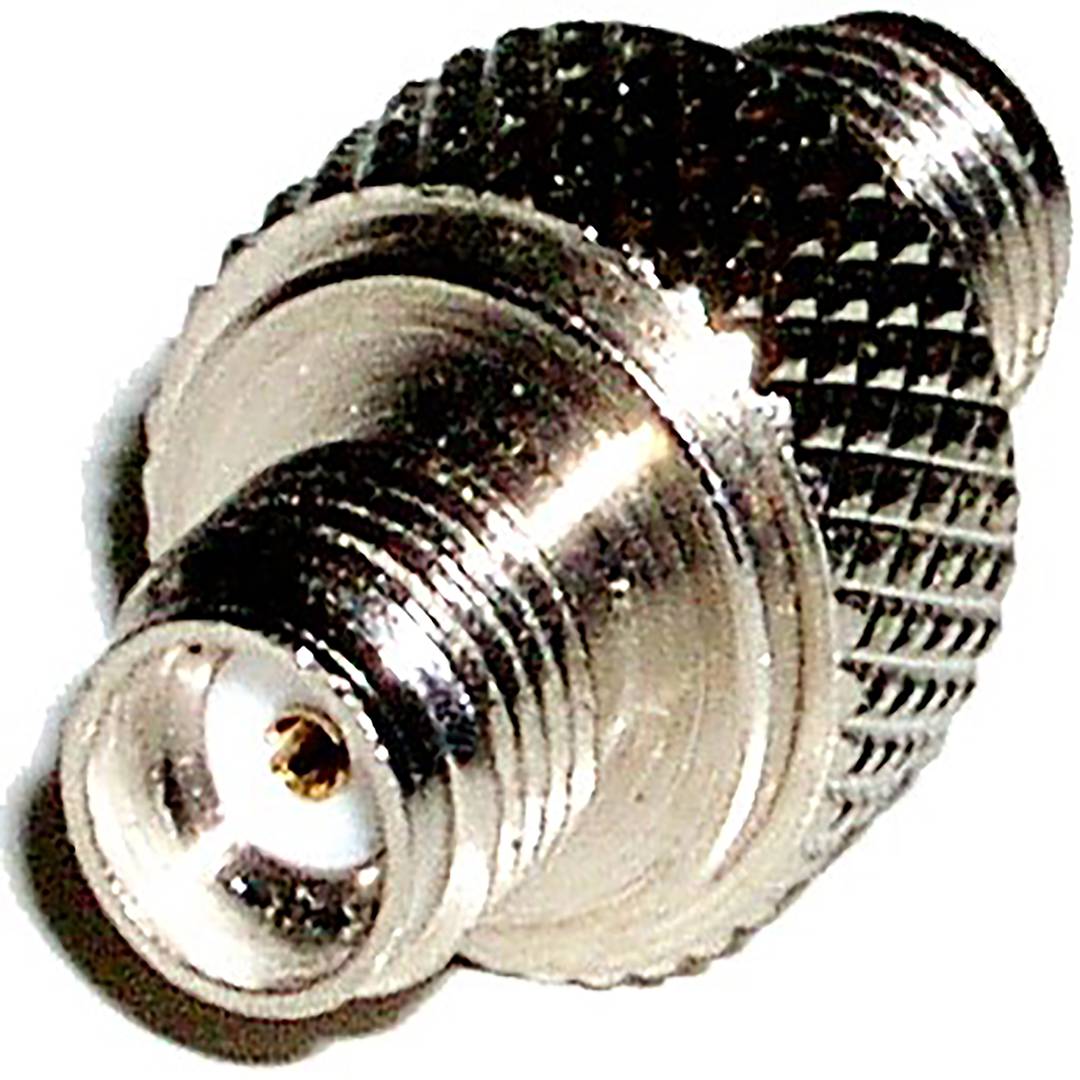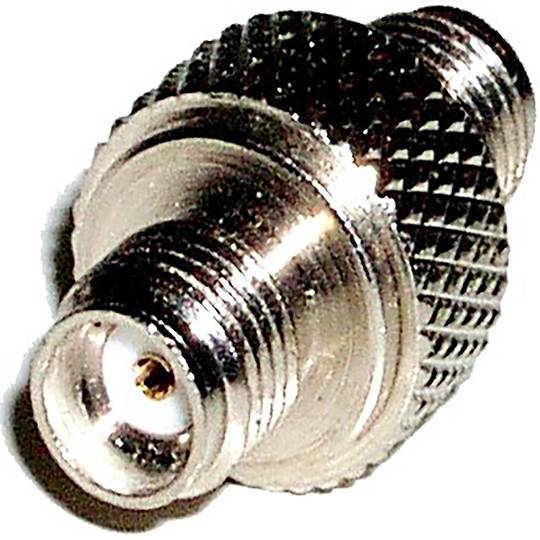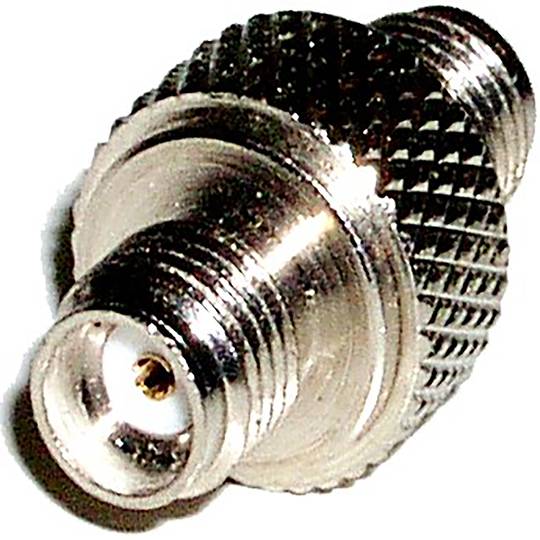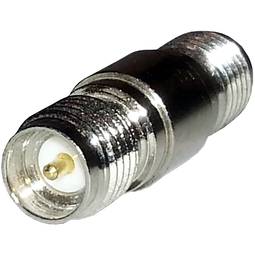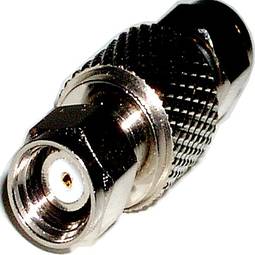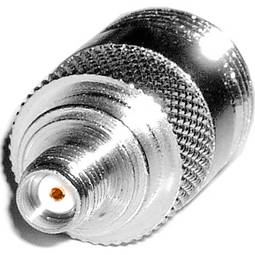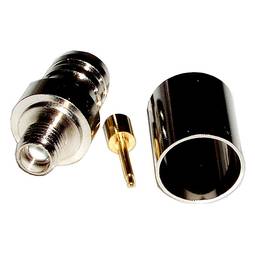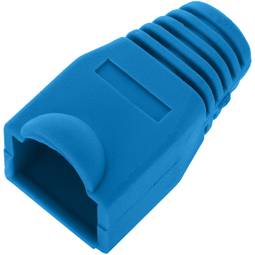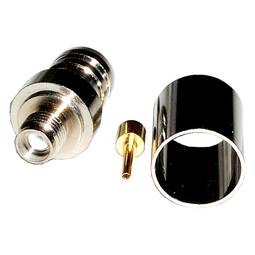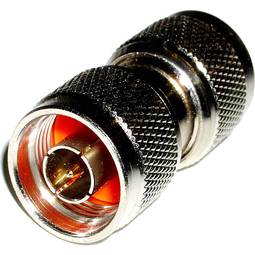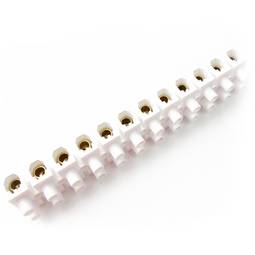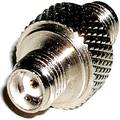11/23/2024 3:02 p.m.
https://cablematic.com/en/products/sma-female-adaptersma-female-left-hand-thread-WH042/
https://cablematic.com/en/products/sma-female-adaptersma-female-left-hand-thread-WH042/
SMA-Female Adapter/SMA-Female Left Hand Thread
REF: WH042
OUTLET
Specifications
- SMA-Female adapter with right-hand thread and SMA-Female with left-hand thread.
- Ideal for access points and wireless 802.11 adapters.
- Connection with antennas and their wiring.
- Compatible with SMA coaxial connectors.
- Advanced technology.
PVP
€2.66
€0.56
Price including VAT:
€0.56
PVD
€2.33
€0.49
PVP: Retail price.
Check conditions.
PVP: Sale price to distributors.
Check conditions.
Buy before:
Receive it:
Friday 29
Delivery times are approximate. Cablematic is not responsible for delays.
warranty
returns
OUTLET
Specifications
- SMA-Female adapter with right-hand thread and SMA-Female with left-hand thread.
- Ideal for access points and wireless 802.11 adapters.
- Connection with antennas and their wiring.
- Compatible with SMA coaxial connectors.
- Advanced technology.
More info
Adapter based on SMA coaxial connectors ideal for use with access points and wireless 802.11 adapters. It has one end with a right-hand thread and the other end with a left-hand thread (reversed thread), which makes it perfect for connecting antennas and cabling. If you need to connect your 802.11 wireless antenna to your access point, this SMA adapter is the ideal solution.
Specifications
Specifications
- SMA-Female adapter with right-hand thread and SMA-Female with left-hand thread.
- Ideal for access points and wireless 802.11 adapters.
- Connection with antennas and their wiring.
- Compatible with SMA coaxial connectors.
- Advanced technology.
- High quality connection.
- Compact and ergonomic design.
- Easy to install.
- Ideal for home and professional use.
- Double threaded connector.
- Compatible with SMA-Female.
- Right and left thread connector.
- Stable and secure connection.
- Suitable for antenna connections.
- Gross Weight: 10 g
- Number of packages: 1
Technical terms
- Wifi
Wifi
The Wifi technology is a wireless communication mechanism between devices. This technology allows you to connect devices such as computers, laptops, mobile etc... to the Internet or communicate with the devices themselves.
Applications can be several, among the most common are the access points, ideal for giving and sharing a connection signal to multiple devices. It is the typical configuration of a home user.
Repeater, ideal to repeat and amplify weak signal.
The power and range between devices basically depends on the antenna and its hardware.
The wireless signals work under a unified standard regulations, the standard that is based on the IEEE 802.11. These include IEEE 802.11b, IEEE 802.11g and IEEE 802.11n working at 11 Mbit/s, 54 Mbit/s and 300 Mbit/s, respectively.
Being any device with a standardized protocol such technology can connect to another using the same technology, making it a kind of universal connection.
The wireless networks are characterized by the ease and convenience of making connections in infrastructure, since it is not necessary to perform network cable installations.
it also allows connecting a lot of devices to a single node.
Applications can be several, among the most common are the access points, ideal for giving and sharing a connection signal to multiple devices. It is the typical configuration of a home user.
Repeater, ideal to repeat and amplify weak signal.
The power and range between devices basically depends on the antenna and its hardware.
The wireless signals work under a unified standard regulations, the standard that is based on the IEEE 802.11. These include IEEE 802.11b, IEEE 802.11g and IEEE 802.11n working at 11 Mbit/s, 54 Mbit/s and 300 Mbit/s, respectively.
Being any device with a standardized protocol such technology can connect to another using the same technology, making it a kind of universal connection.
The wireless networks are characterized by the ease and convenience of making connections in infrastructure, since it is not necessary to perform network cable installations.
it also allows connecting a lot of devices to a single node.



